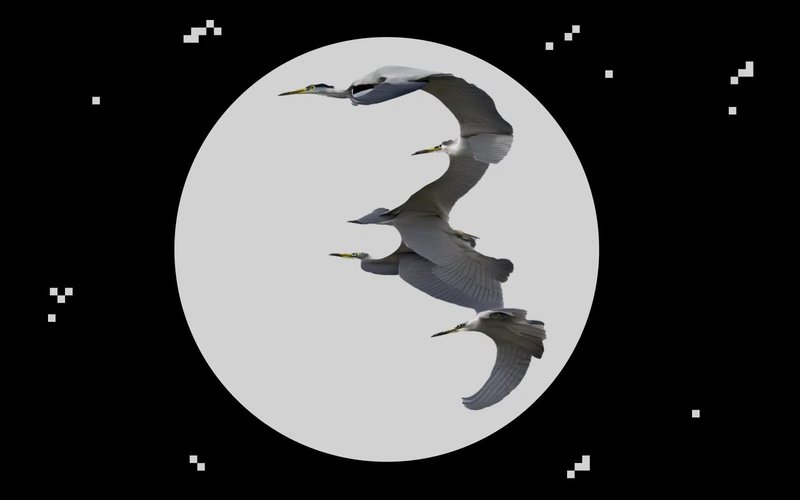Have your say: Artificial Intelligence (AI) and visual arts practice survey
NAVA’s national survey of artists and arts workers on the impact of AI tools, consent, copyright, and creative labour.
NAVA’s national survey of artists and arts workers on the impact of AI tools, consent, copyright, and creative labour.

It has been two years since NAVA first surveyed the visual arts sector about the risks and benefits of generative AI. Since then, the use of AI tools has rapidly expanded, and so have concerns around consent, copyright, cultural safety, and creative control.
We are checking in again to learn how AI is affecting your practice, income, reputation, and decision-making. Whether you're actively using AI, engaging with new tools and technologies, or concerned your work has been scraped, imitated, or used without consent, we want to hear from you.
Your responses will help shape NAVA’s advocacy, guide future policy recommendations, and build a stronger case for protections for artists.
The survey takes about 10 minutes and you may remain anonymous.
Survey closes Thursday 31 July 2025.
NAVA has advocated that:
Help us continue this work with real stories, real data, and real insight from across the sector.
Angie Abdilla, Creation Birds #1, 2024.
ID: A digital artwork features five overlapping images of a grey heron in different stages of flight, arranged vertically. The birds are set against a solid light grey oval centred on a black background. Scattered across the black space are small, white pixel-like squares.